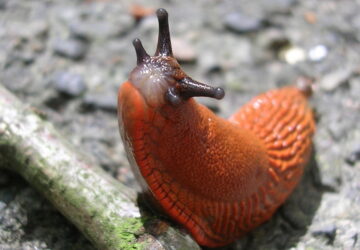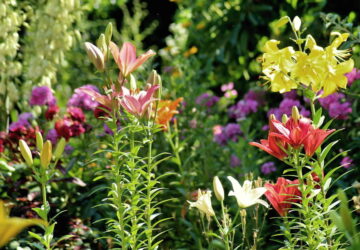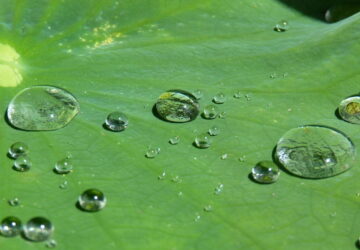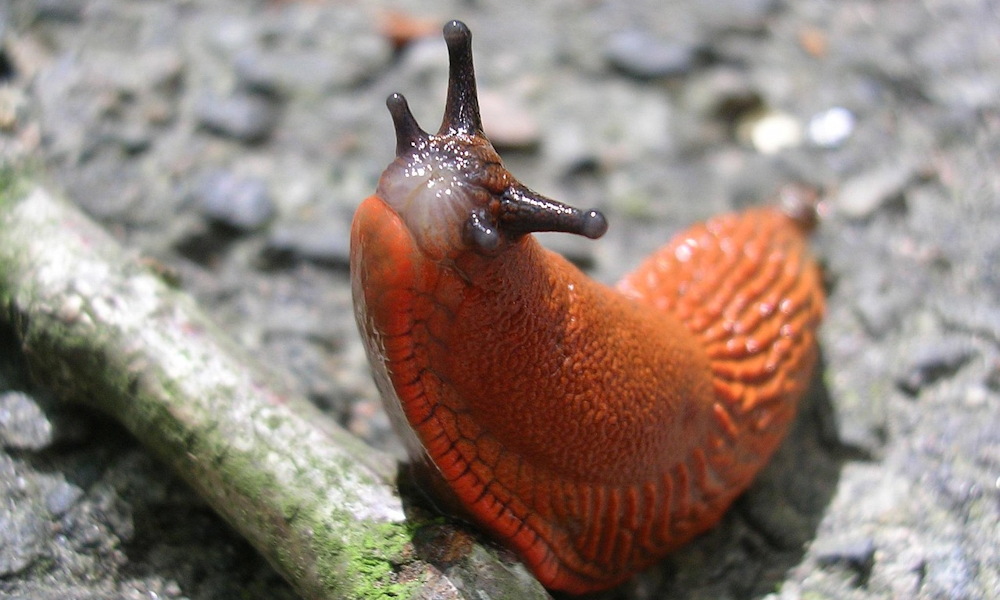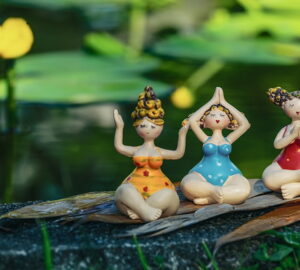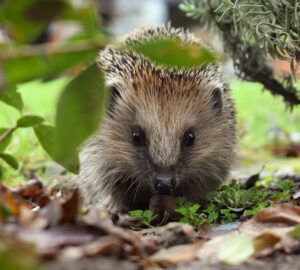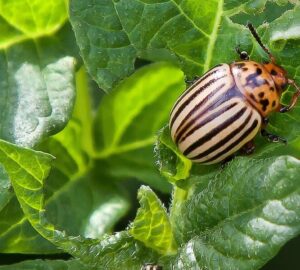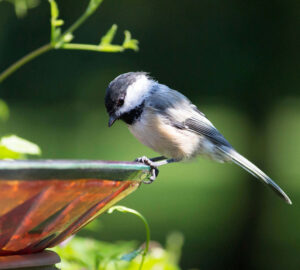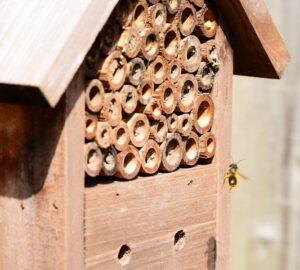For many gardeners, few creatures inspire as much frustration as the slug. These slimy, slow-moving mollusks often become the face of chewed-up lettuce leaves and gnawed petunia petals. But are all slugs the villains of the garden? Or have they simply been misunderstood?
A Closer Look at Slugs
Slugs are gastropods, closely related to snails but lacking a visible shell. They come in a surprising variety of sizes, shapes, and colors. Found across the globe, from temperate Europe to tropical Asia and the forests of North America, slugs play essential roles in their ecosystems.
While many gardeners view them as pests, slugs are natural decomposers. They help break down dead plant material, turning it into rich humus that feeds the soil. In forests, meadows, and even undisturbed corners of gardens, they contribute to nutrient cycling and soil health.
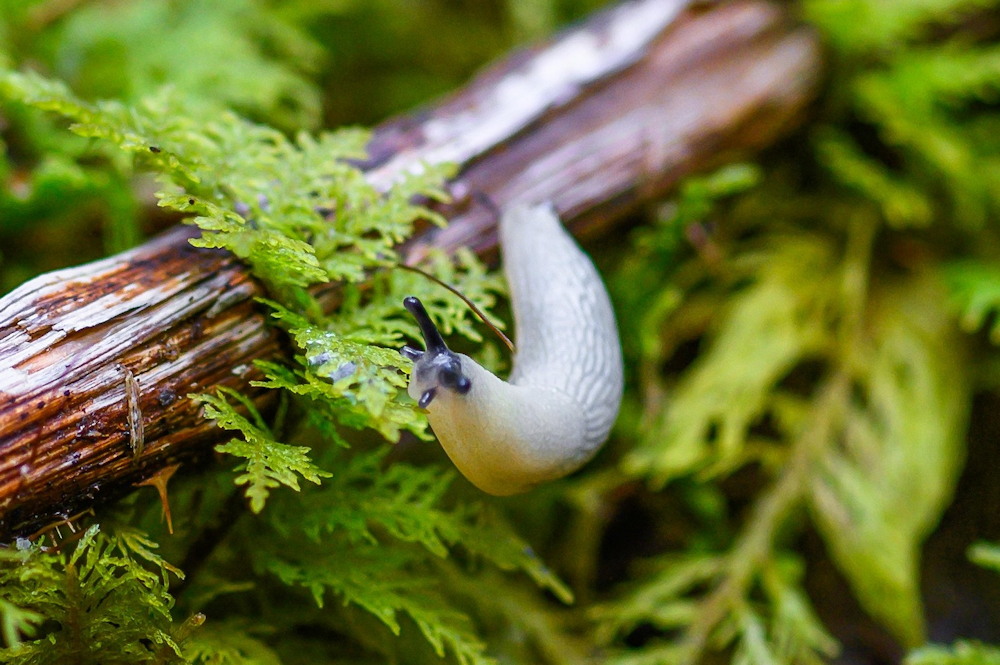
Not All Slugs Are Equal
The problem isn’t necessarily slugs in general, but which slugs are in your garden. Some species, like the Spanish slug (Arion vulgaris), which is invasive in many parts of Europe and has spread to other regions, have become notorious for their voracious appetite and aggressive behavior. They often outcompete native species and have few natural predators in areas they’ve colonized.
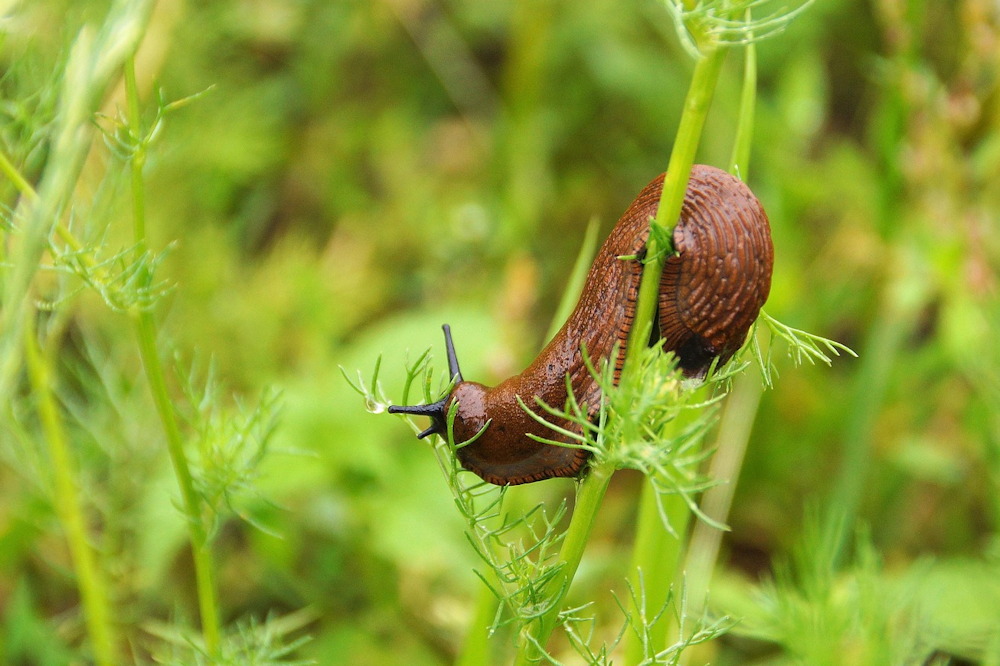
On the other hand, slugs native to many parts of Europe and North America, such as the leopard slug (Limax maximus), can actually be beneficial. Leopard slugs feed on decaying matter and fungi and are known to eat other slugs, including invasive ones. In this way, they help maintain ecological balance in the garden.

Understanding the Role of Slugs
Slugs are part of a larger food web. They provide nourishment for birds, frogs, hedgehogs, ground beetles, and other predatory insects. Removing them entirely can create unintended imbalances, especially if chemical controls are used that harm non-target species.
Moreover, healthy gardens often include a mix of insects and decomposers that help regulate slug populations naturally. When gardens lack biodiversity, slugs can quickly become dominant and damaging.

A Balanced Approach
Instead of declaring all-out war on slugs, gardeners might consider a more balanced strategy:
- Identify the culprits. Not all damage is caused by slugs, and not all slugs are harmful. Nighttime inspections can help reveal which species are present.
- Create a diverse garden. The more plant and animal life in your garden, the more checks and balances you’ll have on potential pests.
- Use targeted control methods. Copper tape, beer traps, and barriers can reduce slug damage without harming other wildlife.
- Encourage natural predators. Providing shelter for frogs, birds, and beetles can help keep slug numbers down organically.
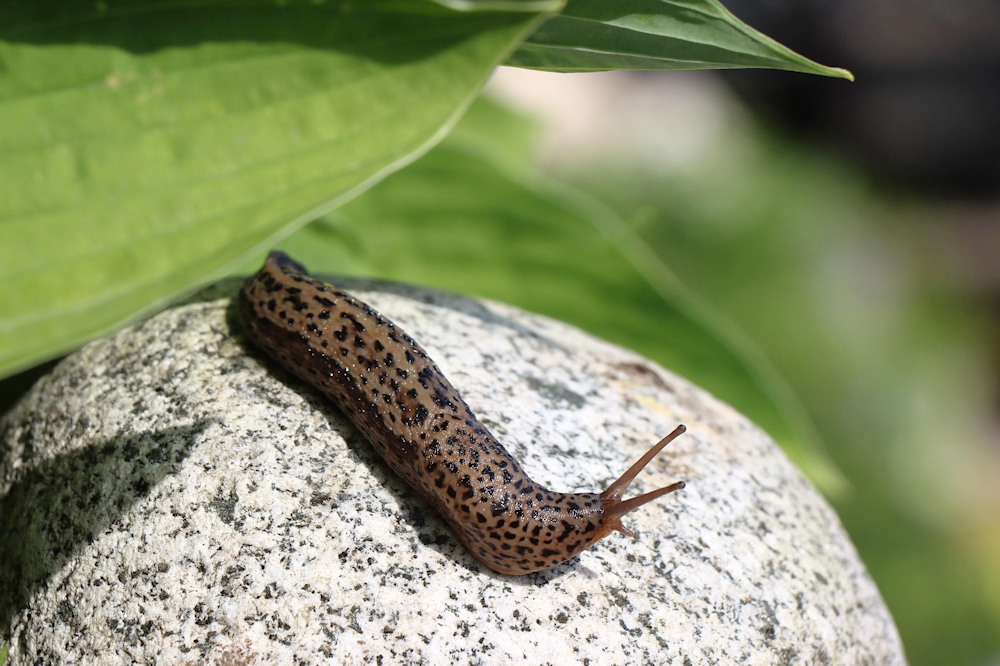
Rethinking the Villain
While it’s true that some slugs can cause havoc in vegetable patches, the wholesale vilification of these mollusks may be short-sighted. Like many organisms, slugs come in many forms, and some play crucial roles in the garden ecosystem.
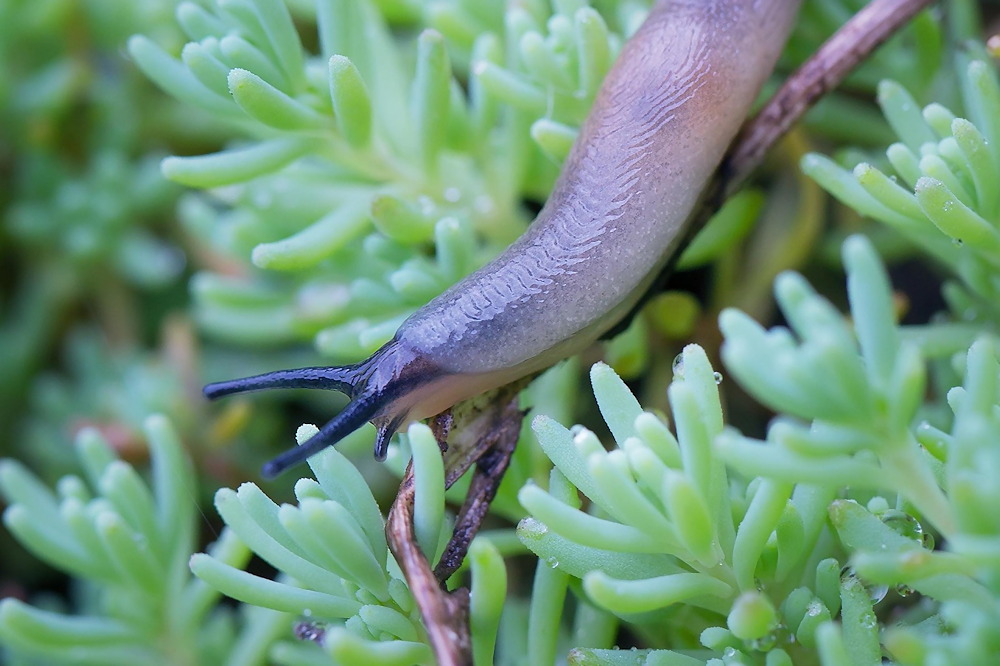
By understanding their habits, identifying harmful species, and encouraging biodiversity, gardeners can manage slug populations more sustainably. Sometimes, a creature we once saw as a pest might turn out to be a quiet, slimy little partner after all.
